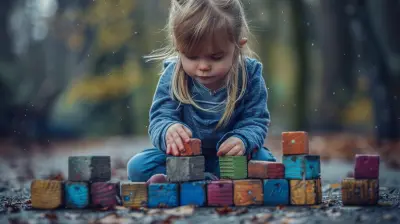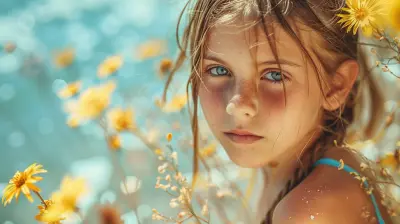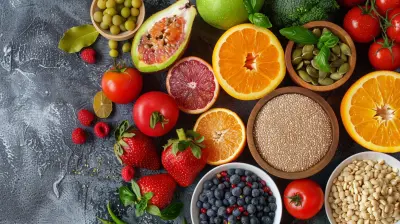Teaching Preschoolers the Value of Gratitude
24 June 2025
Gratitude. It's such a small word, but it carries a whole lot of weight—especially when it comes to raising kind, compassionate humans. If you've ever heard your toddler grumble about not getting the blue spoon or throw a tantrum after a trip to the toy store, you're not alone. Teaching preschoolers the value of gratitude might feel like trying to explain taxes to a goldfish.
But here's the thing: gratitude isn’t an abstract idea only for grown-ups. It’s a skill, a habit, and a mindset that can absolutely be nurtured in those wiggly little humans we love so much.
So, let’s dive into how we can teach preschoolers to embrace gratitude in a way that sticks—not just for now, but for life.
Why Is Gratitude Important for Preschoolers?
You might be wondering, “Can a 3-year-old really understand gratitude?” The short answer: absolutely.Gratitude isn’t about saying “thank you” on command. It’s about recognizing kindness, feeling appreciation, and acknowledging the good things—big or small—in their world. And when kids learn this early on, the benefits are massive.
Benefits of Teaching Gratitude Early:
- Better mental health — grateful kids tend to be happier and more optimistic.- Stronger relationships — they’re more empathetic and considerate.
- Resilience and patience — gratitude helps kids rewind from daily frustrations.
- Less entitlement — they learn to value what they have instead of always wanting more.
It really is like emotional sunshine—it brightens everything in its path.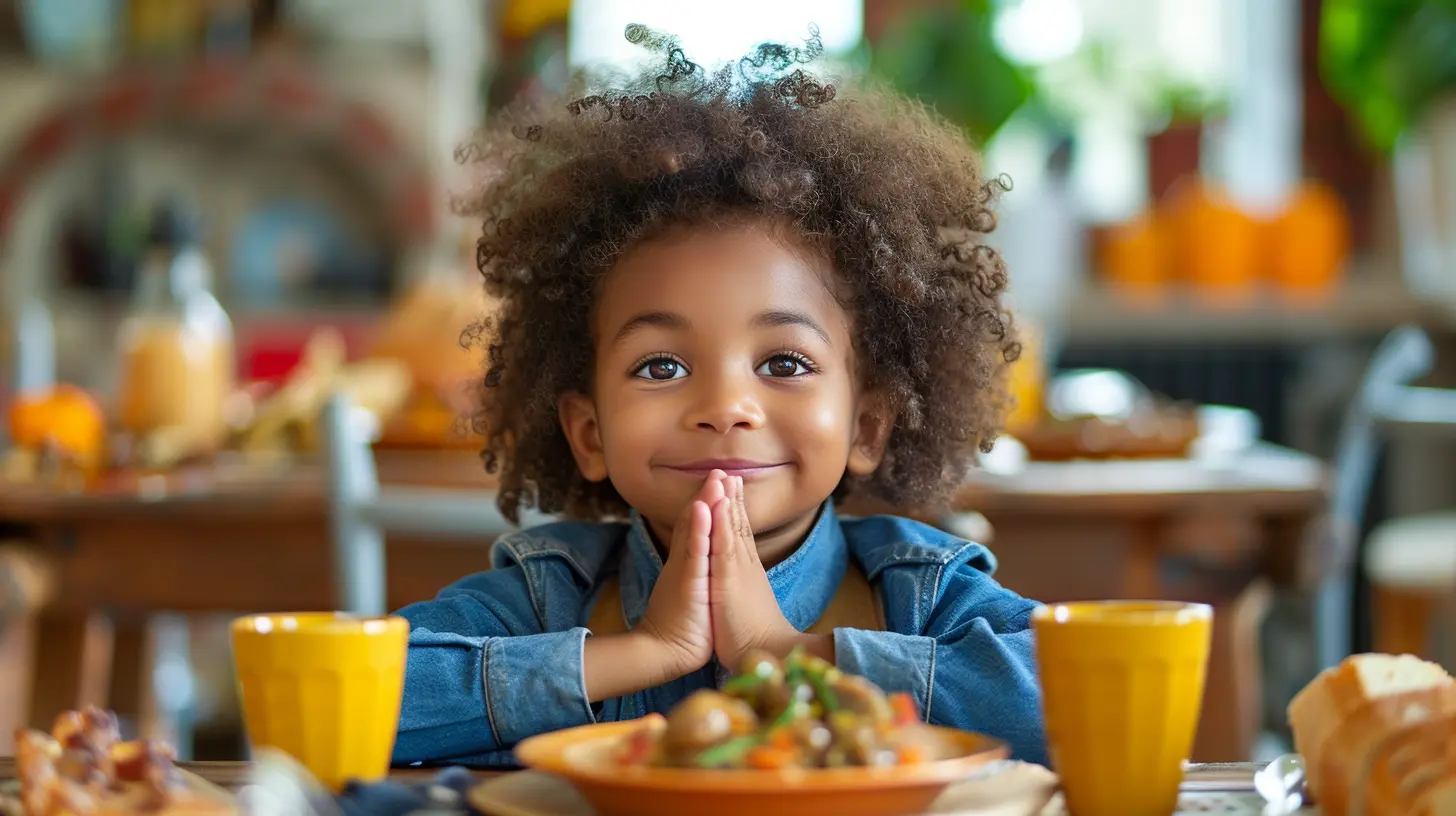
When to Start Teaching Gratitude
There’s no perfect age to start, but preschool is a magical time. At ages 3-5, brains are like sponges, soaking up experiences, emotions, and habits. This is when social and emotional learning is kicking into gear.The key is consistency, repetition, and making it fun!
How to Teach Preschoolers the Value of Gratitude
Alright, now for the good stuff. Let’s break down some practical, real-life strategies you can use to help your little one understand and express gratitude in daily life.1. Model Gratitude Like a Boss
Kids are little mirrors. If you're constantly saying "thank you" to your barista, your partner, your kid—even your Alexa—your child will start doing the same.Try this: Narrate your gratitude.
Instead of just saying “Thanks,” say:
> “I’m so thankful you helped me fold the laundry—it made my day easier!”
That simple sentence helps your child see why you're grateful, and it gives them language to start doing the same.
2. Turn “Thank You” into a Ritual—not a Rule
Let’s face it: sometimes “Say thank you!” becomes more of a command than a lesson. That’s okay—we’ve all been there.But instead of forcing it, make expressing thanks part of your family rhythm.
Ideas to try:
- Create a “gratitude jar” and add a note each day.
- Have a “highs and thanks” moment at dinner—each person shares a highlight and something they’re thankful for.
- Make bedtime gratitude reflections part of your nightly routine.
Simple. Sweet. And SO effective.
3. Use Stories and Books to Teach Big Feelings
Preschoolers love stories. Books are a brilliant way to dive into emotions and values without sounding preachy.There are tons of children’s books that center around gratitude—like Thankful by Eileen Spinelli or Bear Says Thanks by Karma Wilson. These stories spark convo and help abstract ideas really click.
Read together, then ask:
> “How do you think the character felt when someone helped them?”
> “Have you ever felt really thankful for something?”
Boom—gratitude lesson wrapped in snuggles and storytime.
4. Make Gratitude Visual
Sometimes kids need to see it to feel it. Turning gratitude into something visual can make it more concrete and impactful.Gratitude activity ideas:
- Craft a “thankfulness tree.” Use paper leaves to write things your child is thankful for and stick them on a tree-shaped poster.
- Draw gratitude pictures. Instead of writing, let them draw things they’re thankful for!
- Create a “happy wall.” Tape up photos of family, pets, vacations, or toys they love, and look at it together when they’re feeling down or overwhelmed.
This allows your preschooler to connect emotions with visuals—a great way to internalize appreciation.
5. Use Play to Spark Gratitude
Play is the preschooler’s language. So speak it!Use toys, pretend play, or even puppets to act out scenarios where characters express gratitude.
Example pretend play:
Let your child be a customer at a pretend store. When you (as the cashier) give them a toy, prompt them to say, “Thank you!” Then switch roles and act out someone showing appreciation back.
It’s one thing to say gratitude is cool. It’s another to feel it through play.
6. Encourage Thank You Notes (Yes, Even Scribbles Count)
Who doesn’t love getting a thank-you card? Teaching kids to write (or draw) thank-you notes after receiving gifts or kind gestures helps reinforce an attitude of appreciation.For preschoolers, this might mean:
- Drawing a picture
- Sticking on a few fun stickers
- Dictating their thank-you message while you write it
It’s not about penmanship—it’s about creating a habit of recognition.
7. Embrace Gratitude During Hard Moments
Believe it or not, tough times are golden opportunities for teaching gratitude. Maybe your child is mid-meltdown because they didn’t get the toy they wanted. It’s okay—they're learning.Gently validate their feelings first (“I know, you really wanted that truck—it looks super cool”) and then guide them toward reframing.
Try saying:
> “I understand you're upset. Let’s think about something that made you smile today. Remember that yummy snack we had together?”
This isn’t about toxic positivity—it’s about balancing emotions and modeling resilience.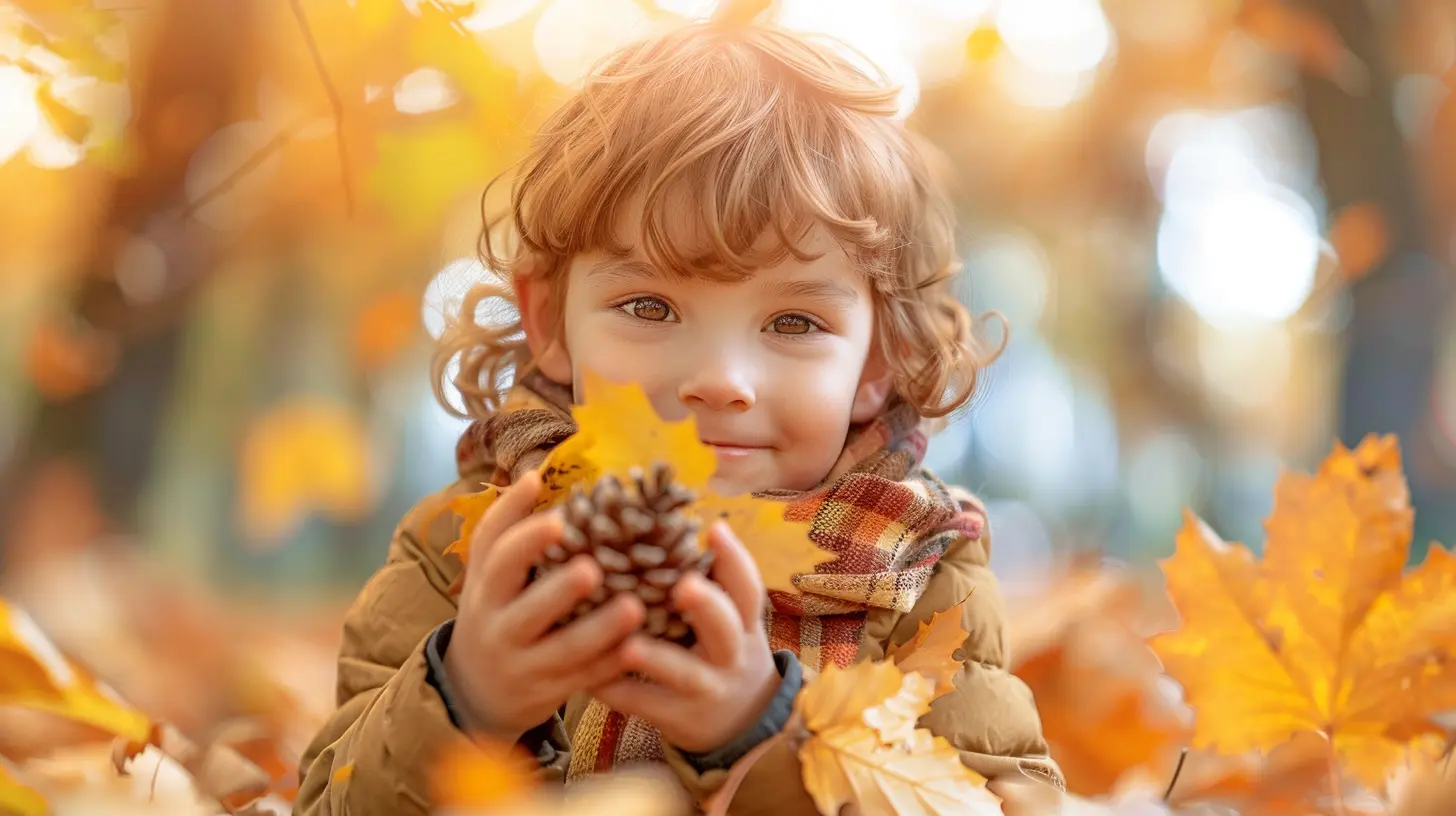
What NOT to Do When Teaching Gratitude
Let’s keep it real—there are a few gratitude teaching traps to avoid.Don’t Force It
Saying “thank you” under pressure doesn’t build internal motivation. Instead, encourage organically and give praise when they do it on their own.Don’t Expect Perfection
Gratitude is a skill, not a one-time lesson. Your preschooler won't get it all the time—and that’s okay! Celebrate small wins and keep going.Don’t Shame or Guilt
Ever been told, “You should be grateful!” That usually backfires. Instead of guilt, try curiosity:> “How did it feel when they shared with you?”
Let them lead the feeling, not the fear.
Gratitude Is a Muscle—Keep Working It!
Like brushing teeth or learning to share, gratitude needs practice to stick. The more you weave it into the everyday moments—mealtime chats, storytime, cuddles—the more second-nature it becomes.And over time? That little spark of gratitude will grow into a bright, warm flame that lights up your child’s life—and everyone around them.
Real-Life Examples to Inspire You
Here are a few quick, heartwarming stories from parents who’ve seen gratitude bloom in their little ones:🔸 “My 4-year-old randomly told the cashier at the grocery store, 'Thanks for helping us get food!' I nearly cried. We’ve been talking about kindness and gratefulness a lot, and it’s sinking in!”
🔸 “We do a gratitude tree every November, and my daughter said she’s thankful for 'snuggles and mac n' cheese.' Not gonna lie, same.”
🔸 “After we started bedtime thank-yous, my son thanked me for ‘being his mommy.’ I’ve been floating ever since.”
See? It’s the small, sweet moments that show the seeds you’re planting are taking root.
Final Thoughts: Gratitude Grows with Love
Teaching preschoolers the value of gratitude doesn’t happen overnight. It’s not about perfect manners or reciting thank-yous on cue—it’s about building a heart posture that sees and celebrates the good.Keep modeling it.
Keep talking about it.
Keep celebrating the little moments.
And before you know it, you’ll see gratitude becoming a natural part of your child’s language, behavior, and heart.
And that, my friend, is parenting gold.
all images in this post were generated using AI tools
Category:
Parenting PreschoolersAuthor:

Liam Huffman
Discussion
rate this article
2 comments
Maris Perez
Thank you for sharing such valuable insights! Teaching preschoolers gratitude is a beautiful journey that sets the foundation for their kindness and empathy. Simple practices, like sharing and recognizing small joys, can make a lasting impact on their hearts and minds. Keep inspiring us!
December 7, 2025 at 6:00 PM
Eliana McFee
Gratitude shapes our little ones' hearts; cultivating it now will enrich their lives forever. Thank you!
June 25, 2025 at 5:00 AM

Liam Huffman
Thank you for your kind words! Cultivating gratitude early truly lays a foundation for a fulfilling life.
